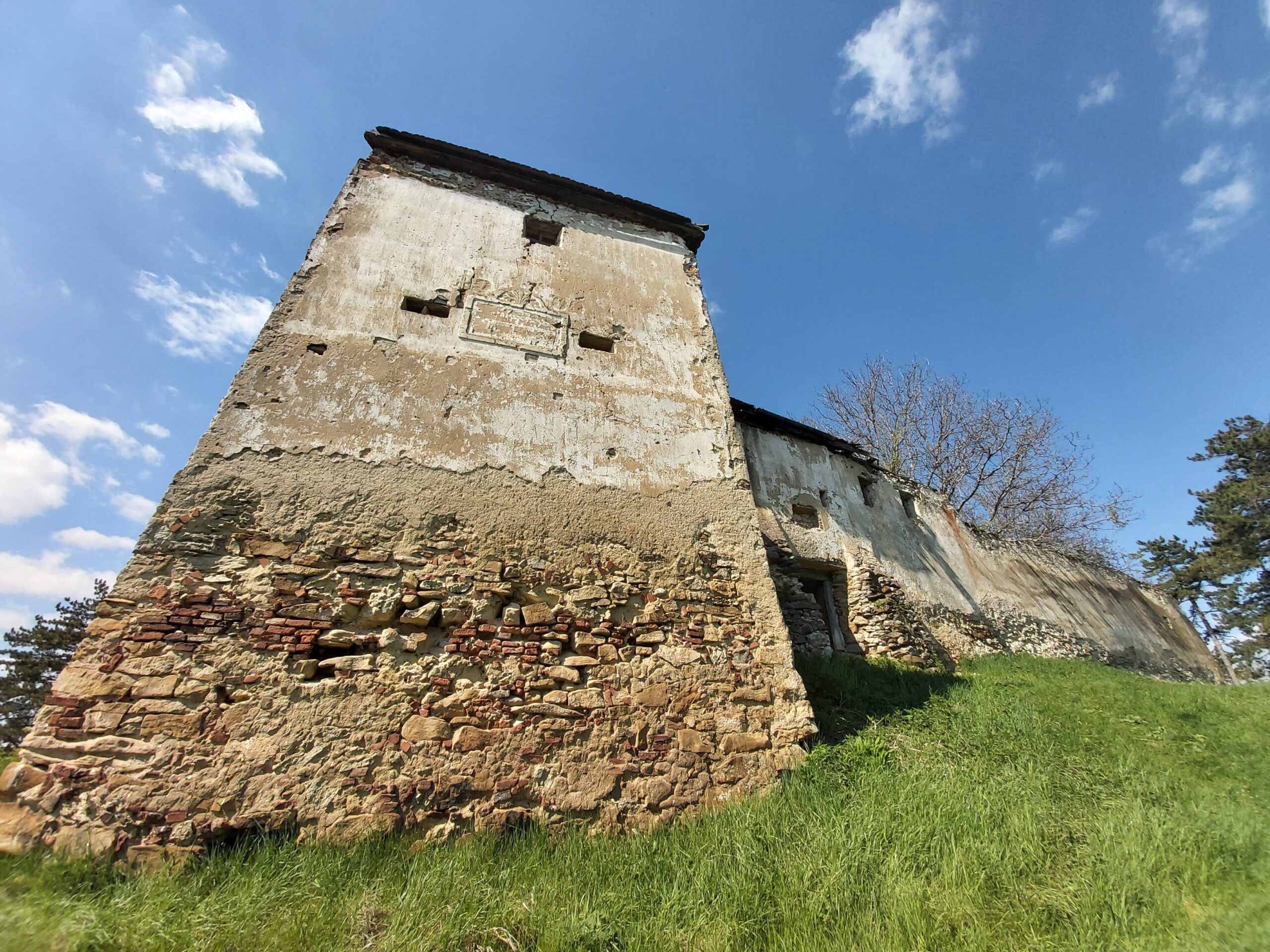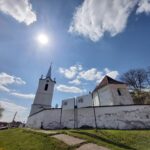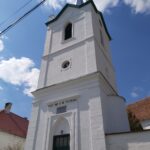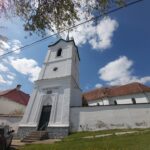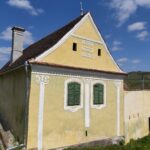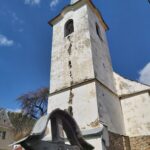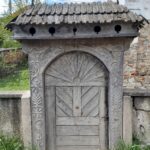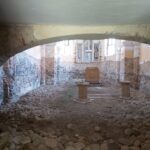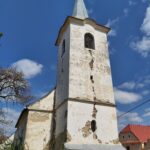Jimbor (Székelyzsombor, Sommerburg) –Brașov County
With extremely few historical documents available, the story of Jimbor Fortress, Homorod commune, Brașov County, is shrouded in mystery, leaving room for legends about the construction of the fortification.
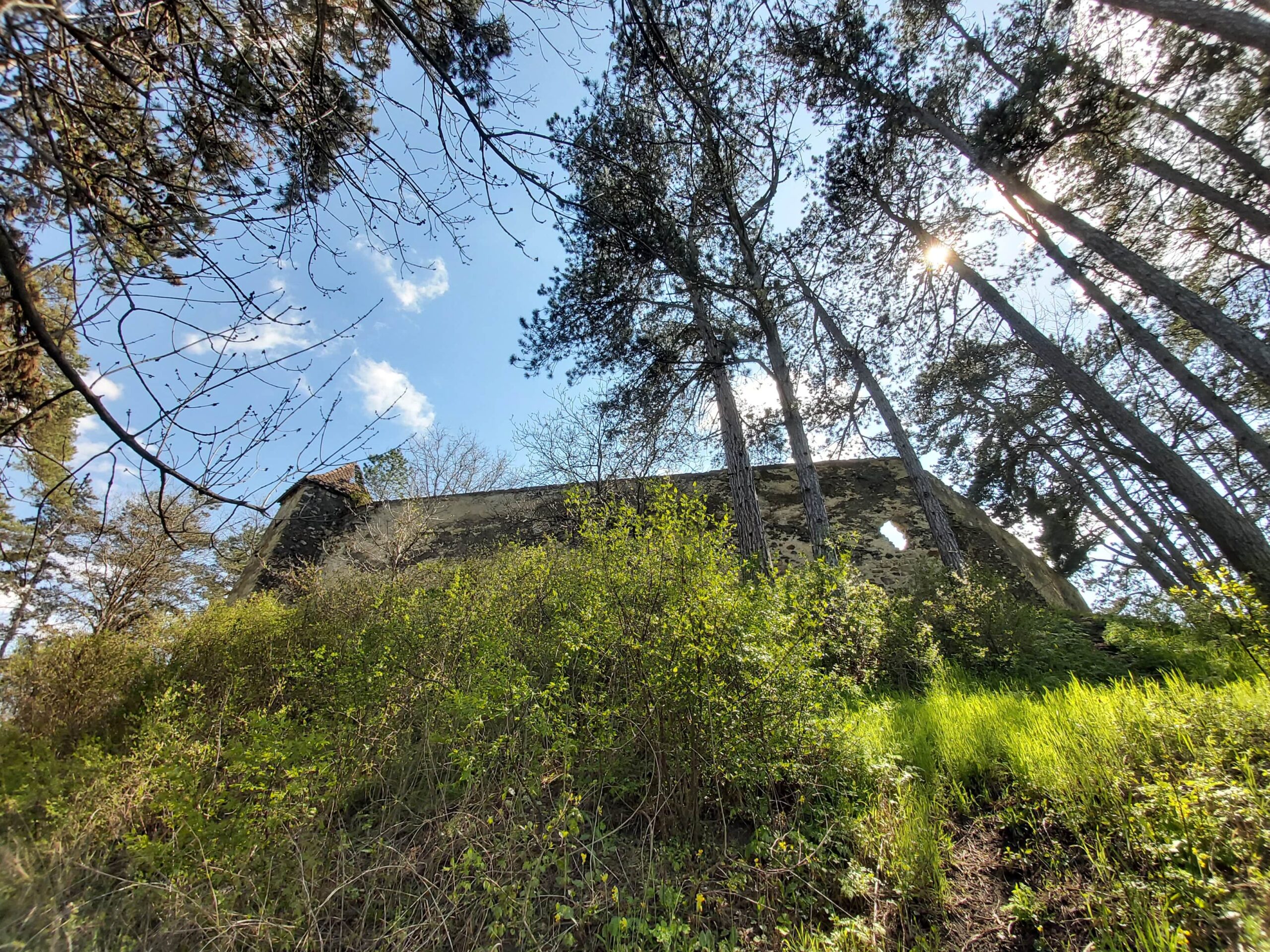
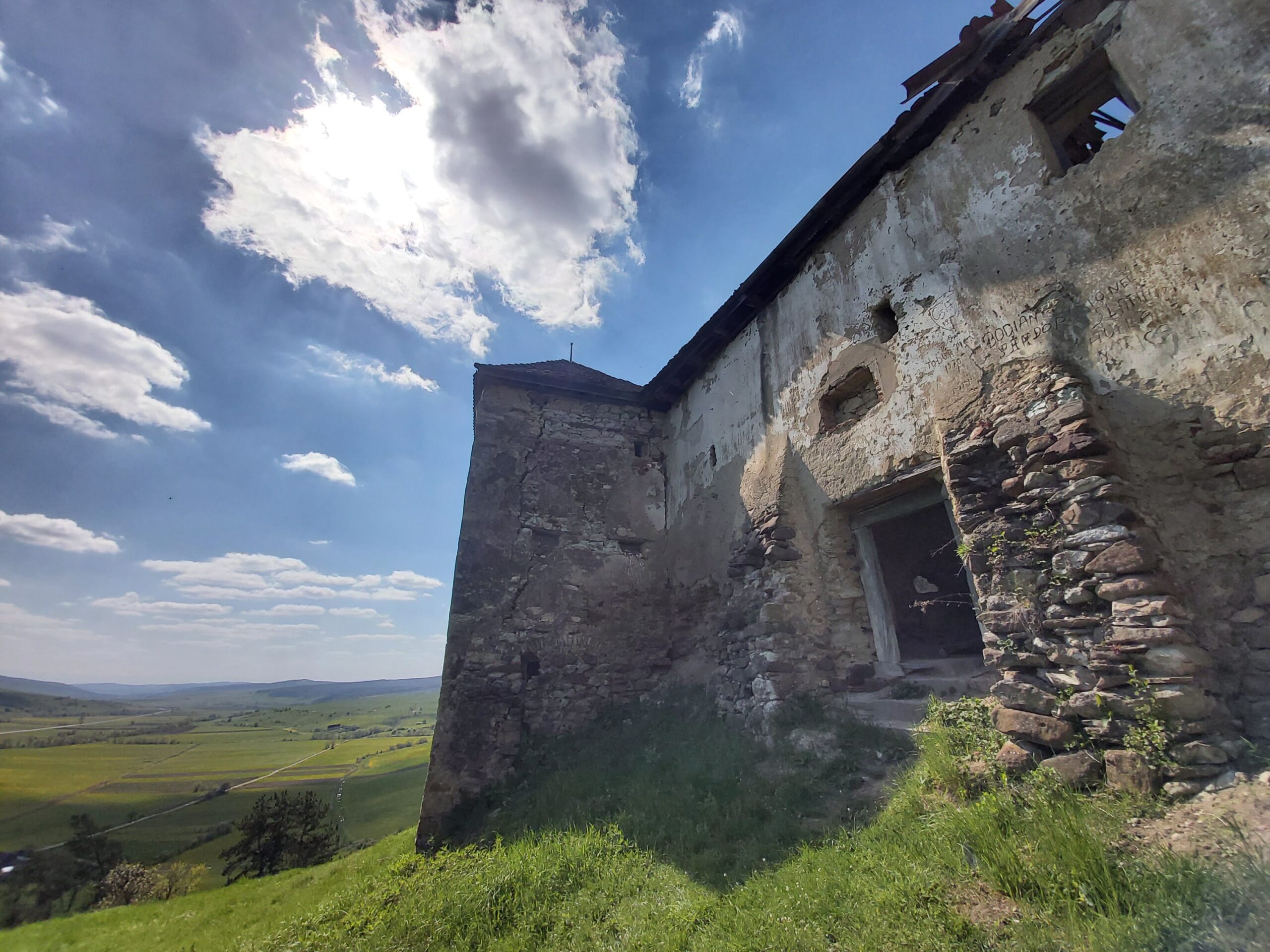
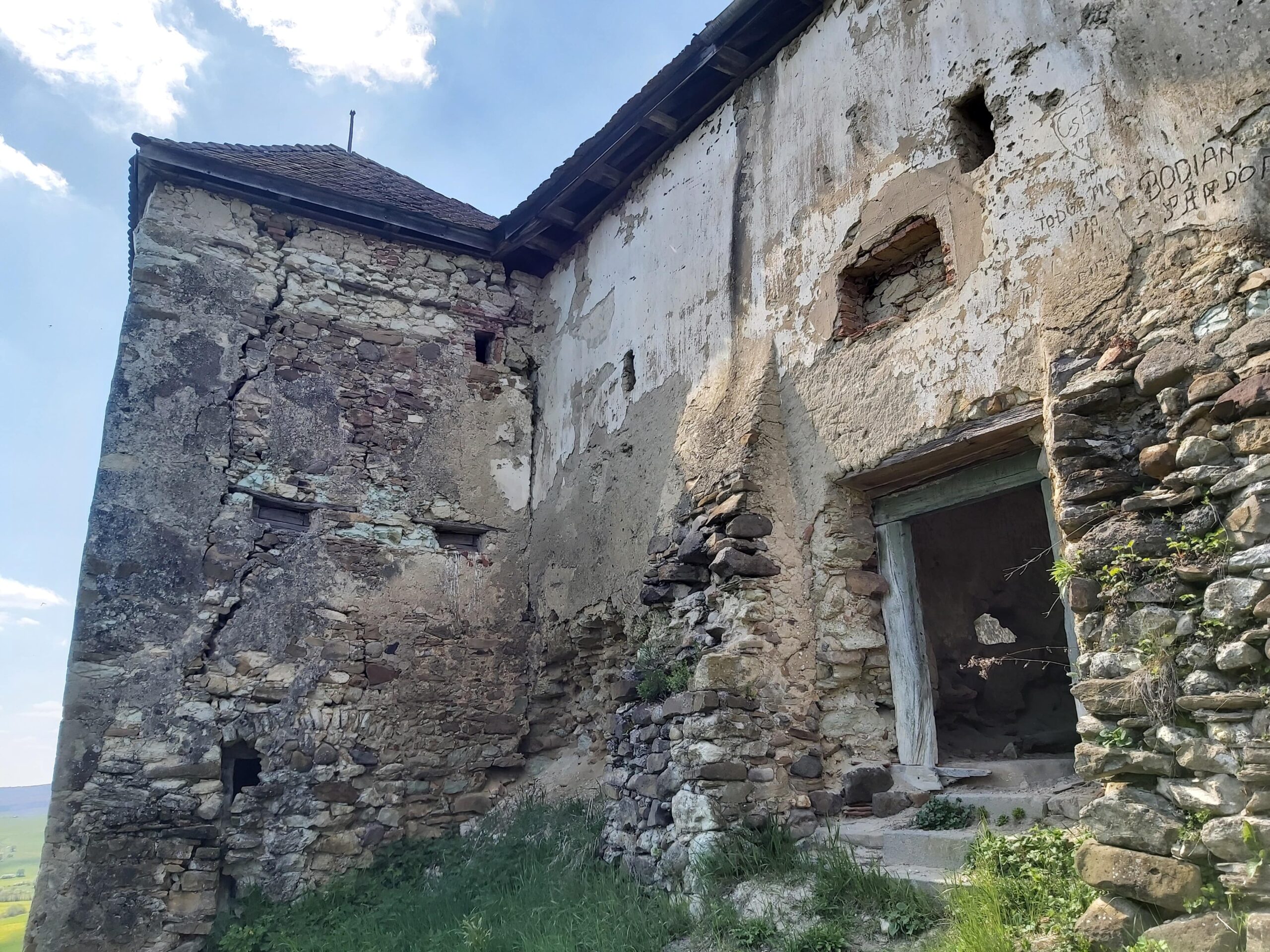
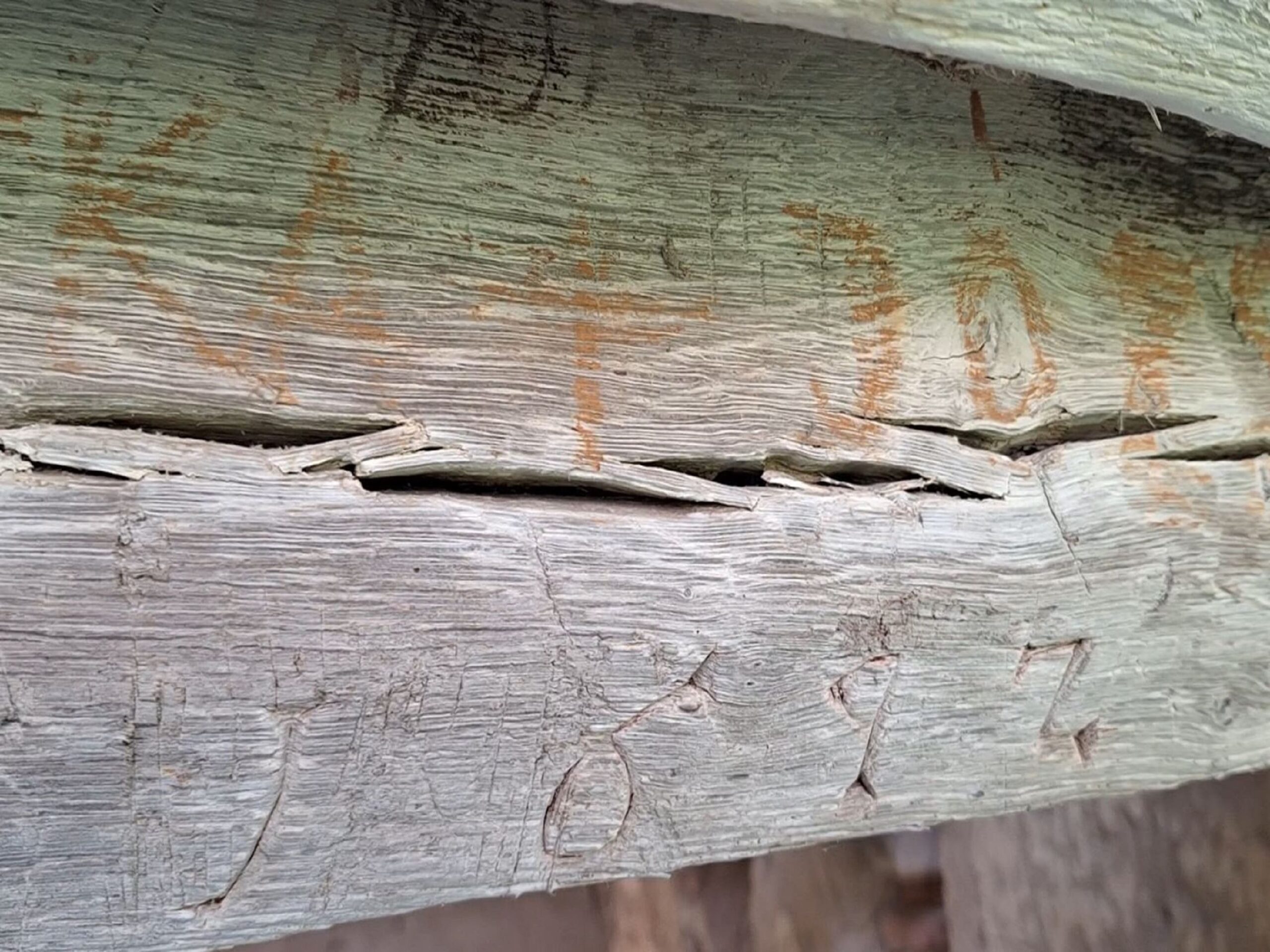
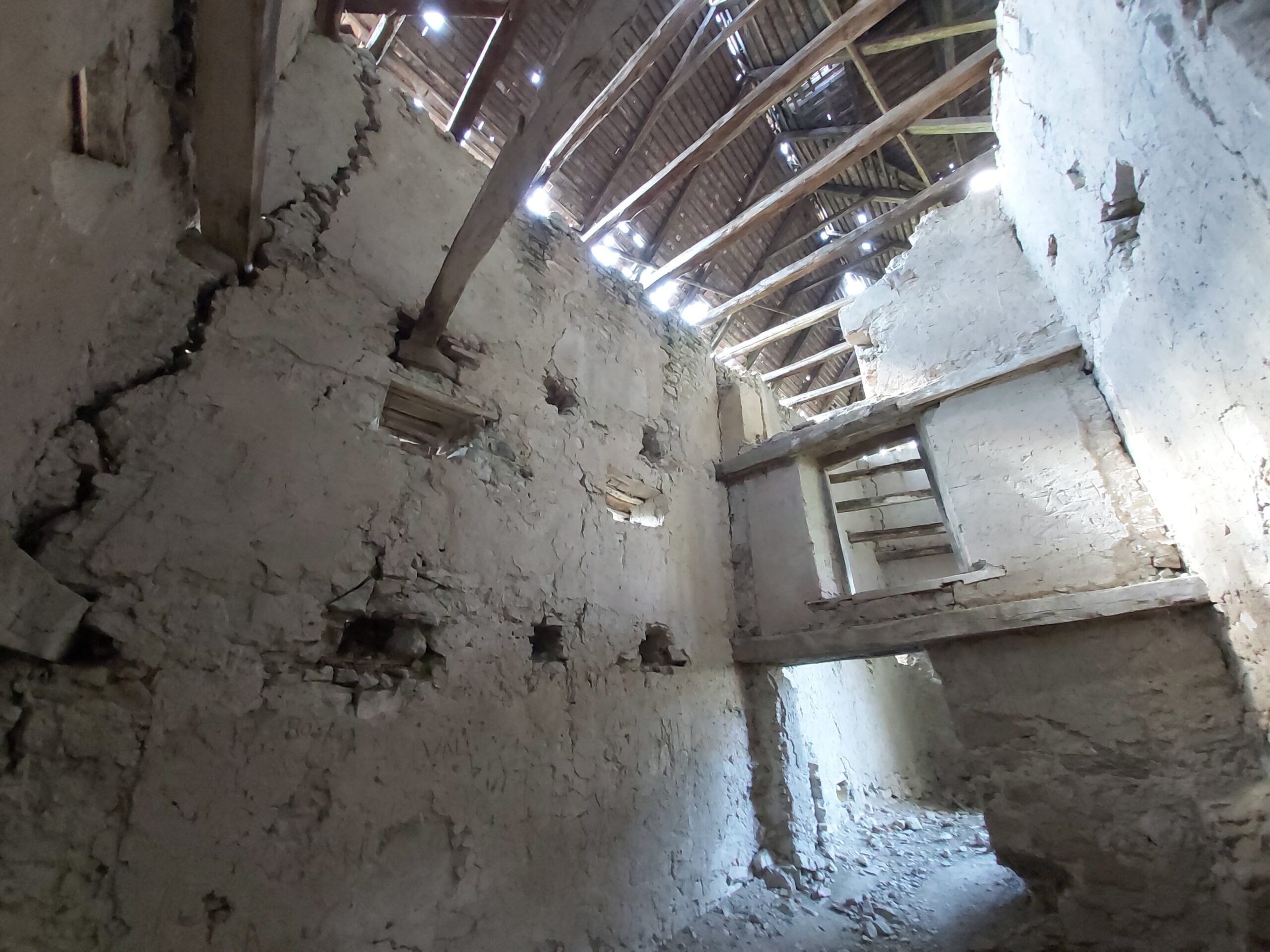
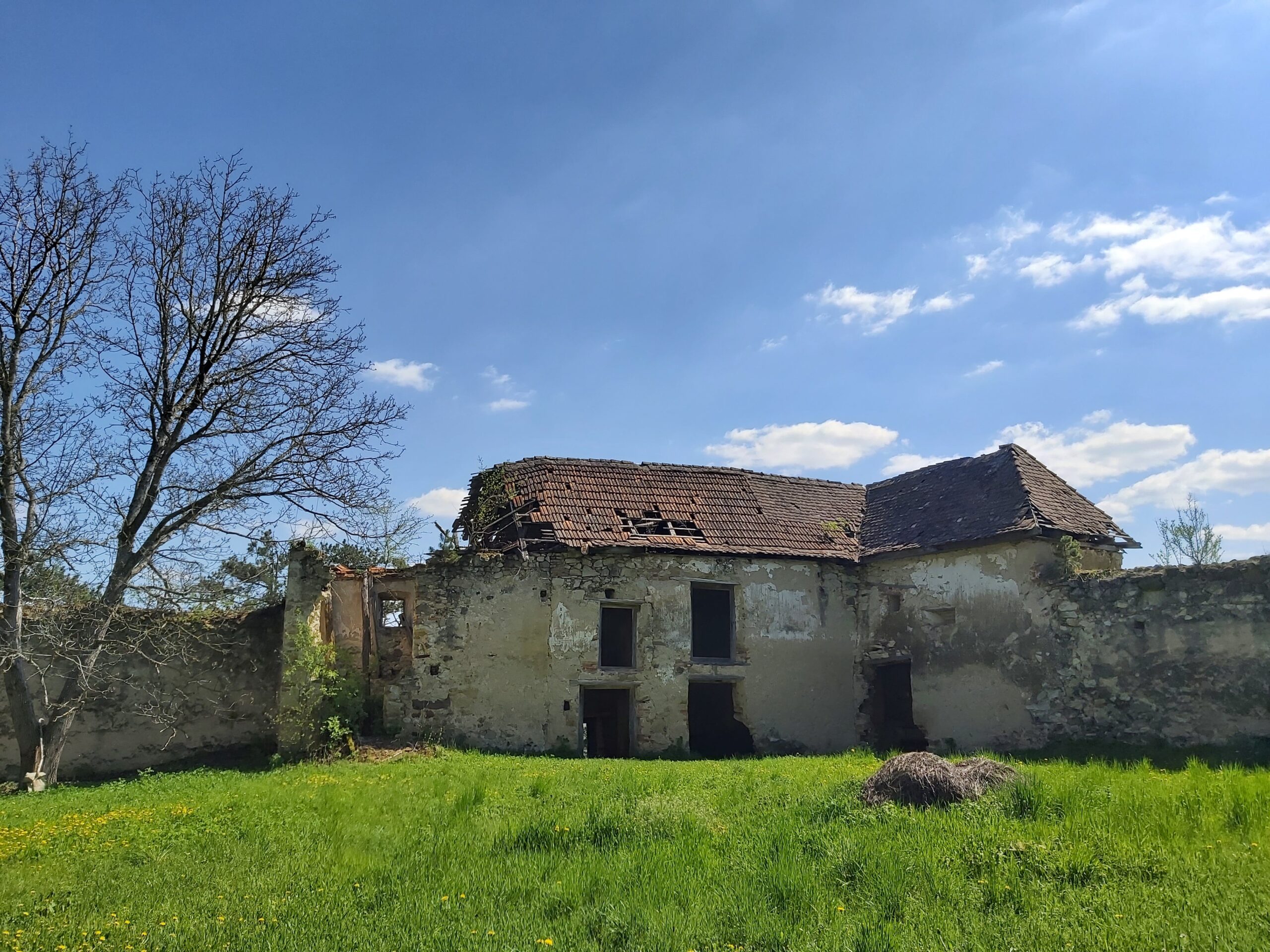
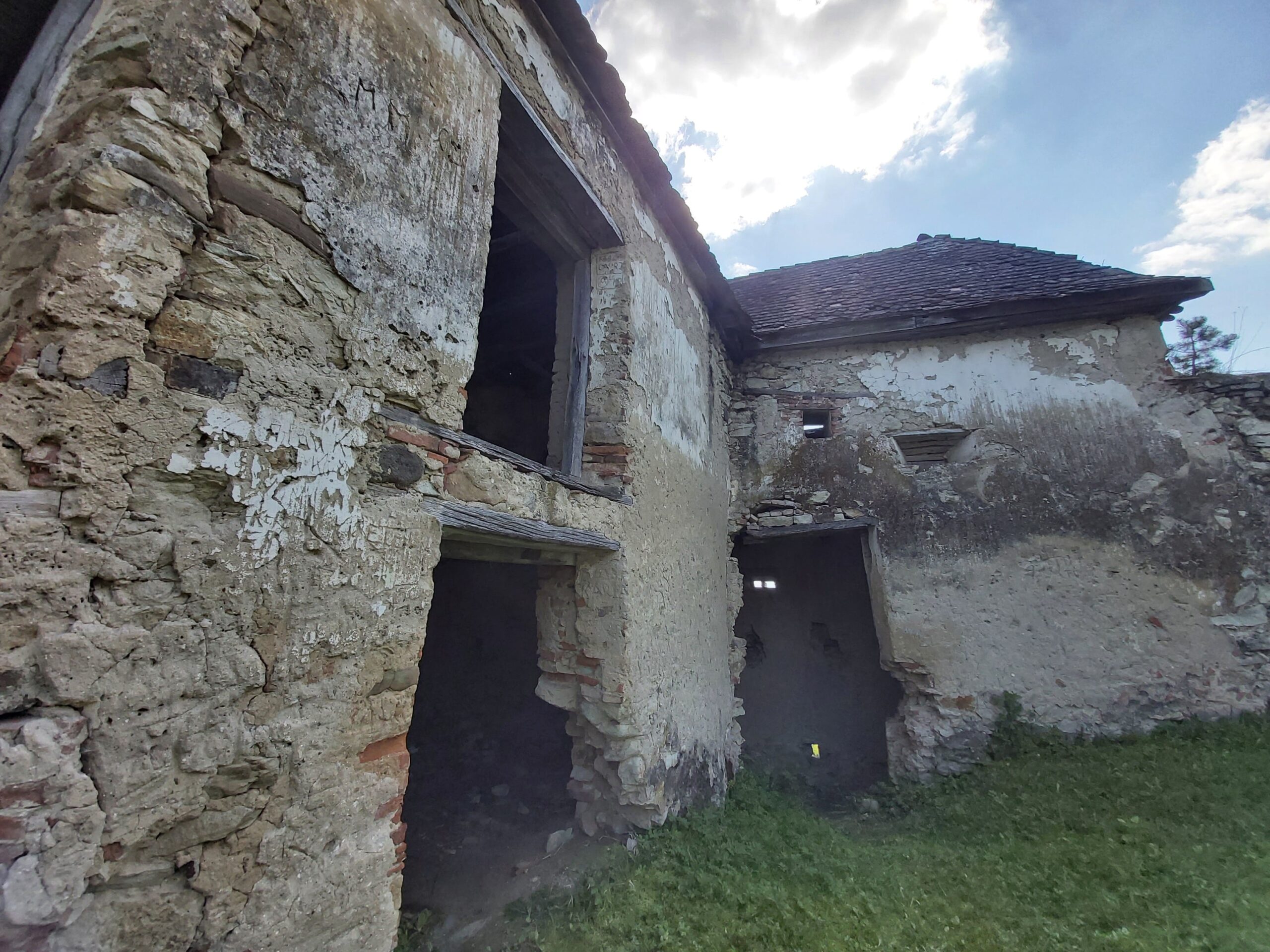
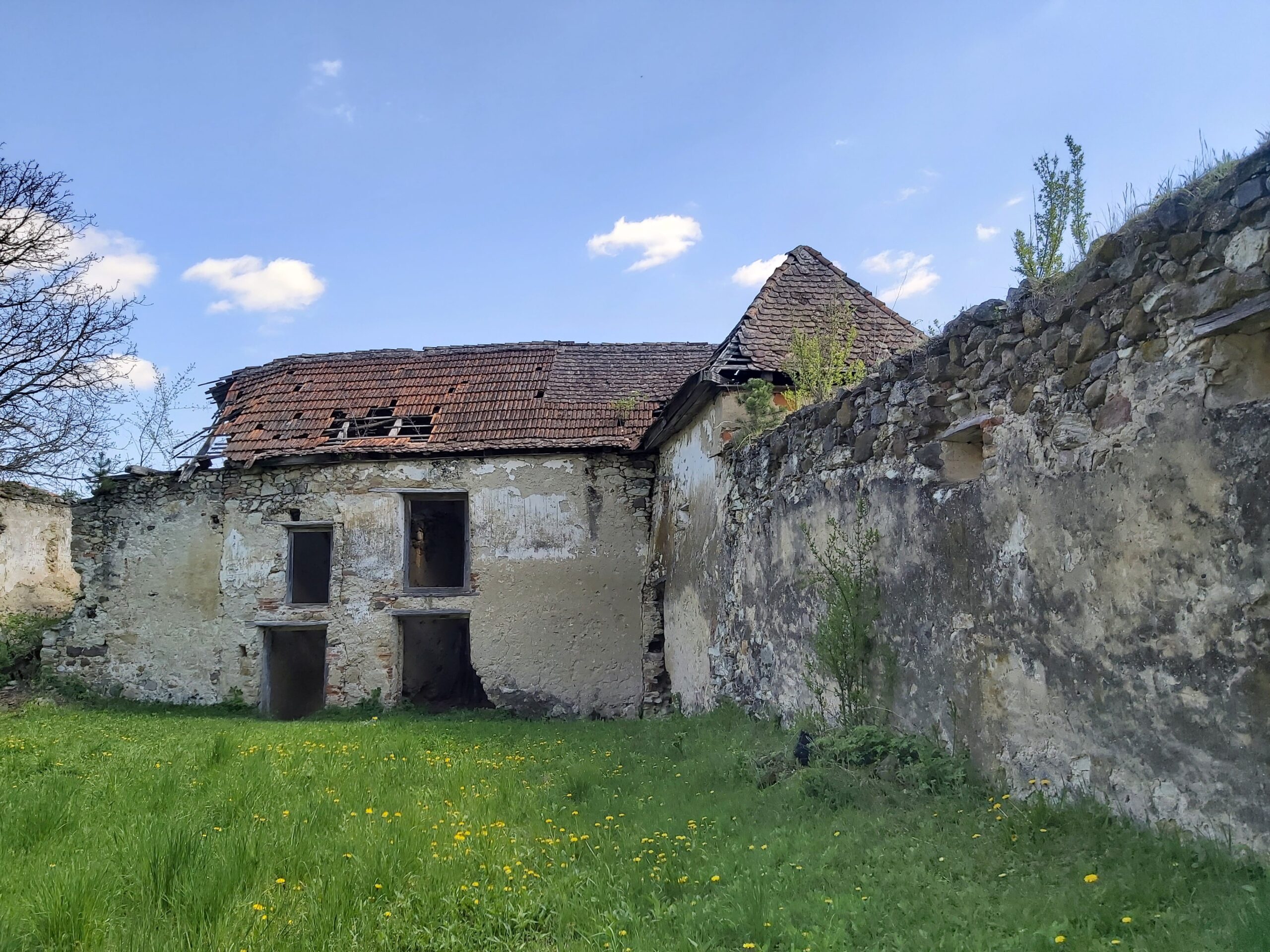
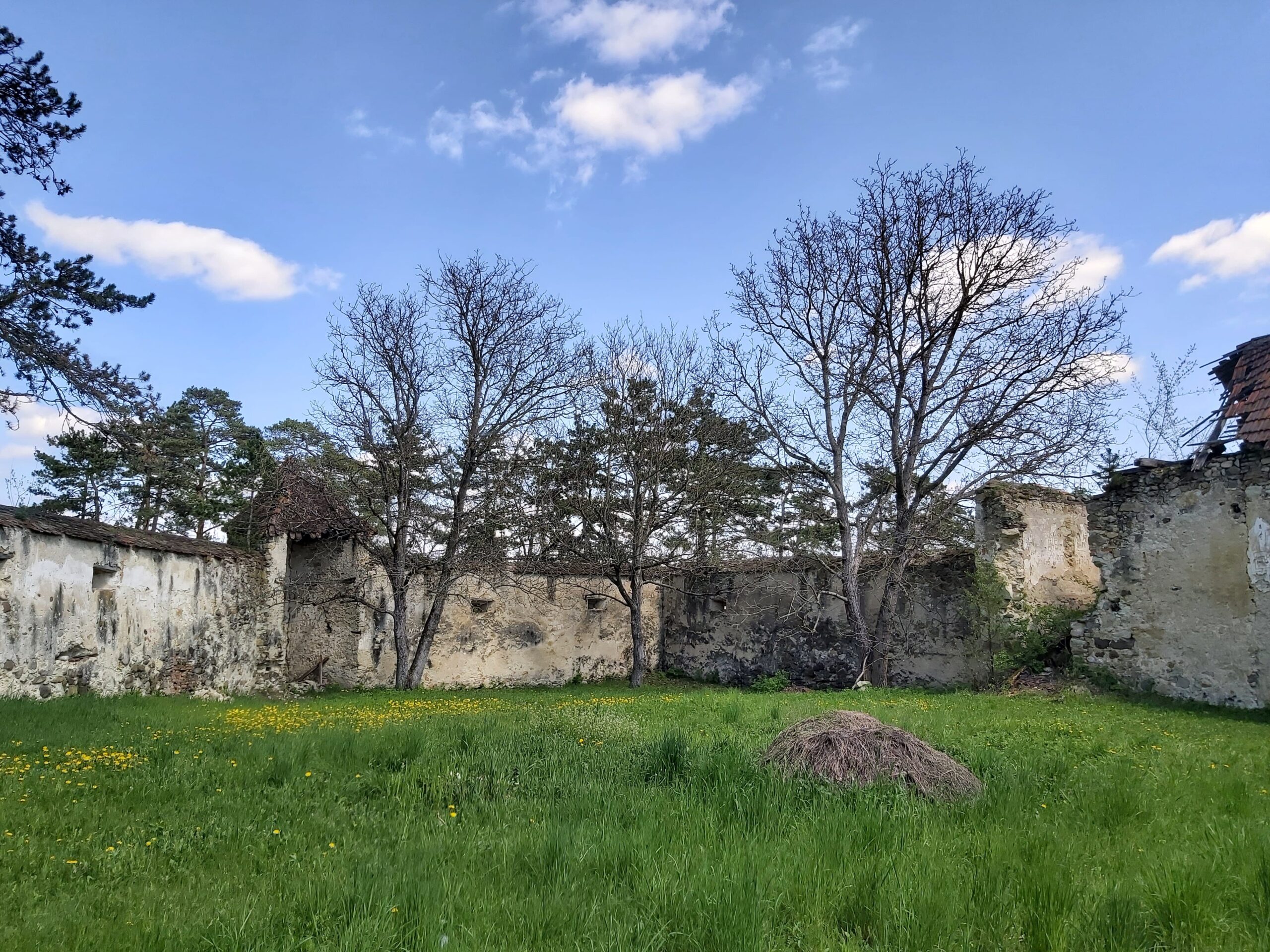
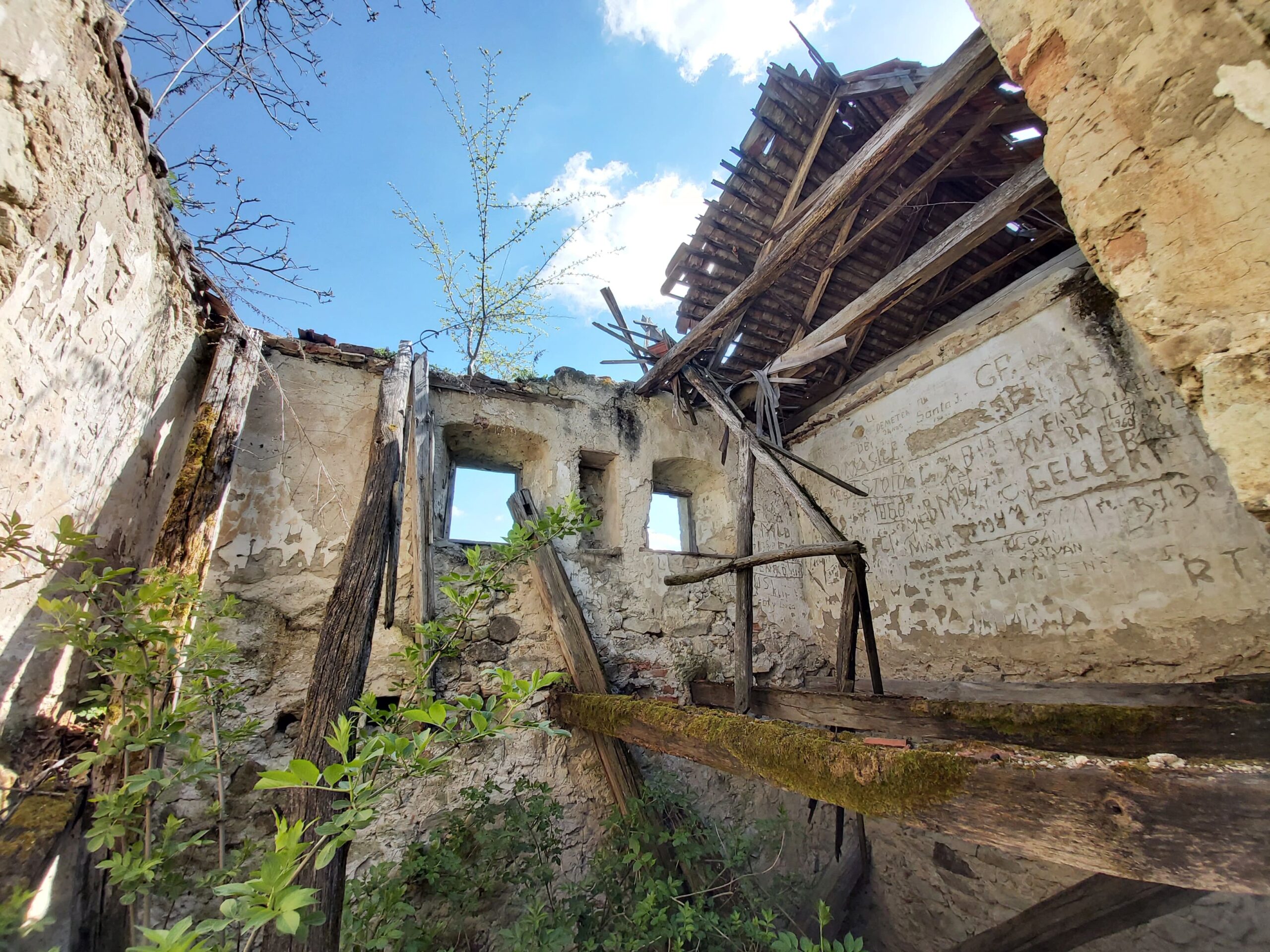
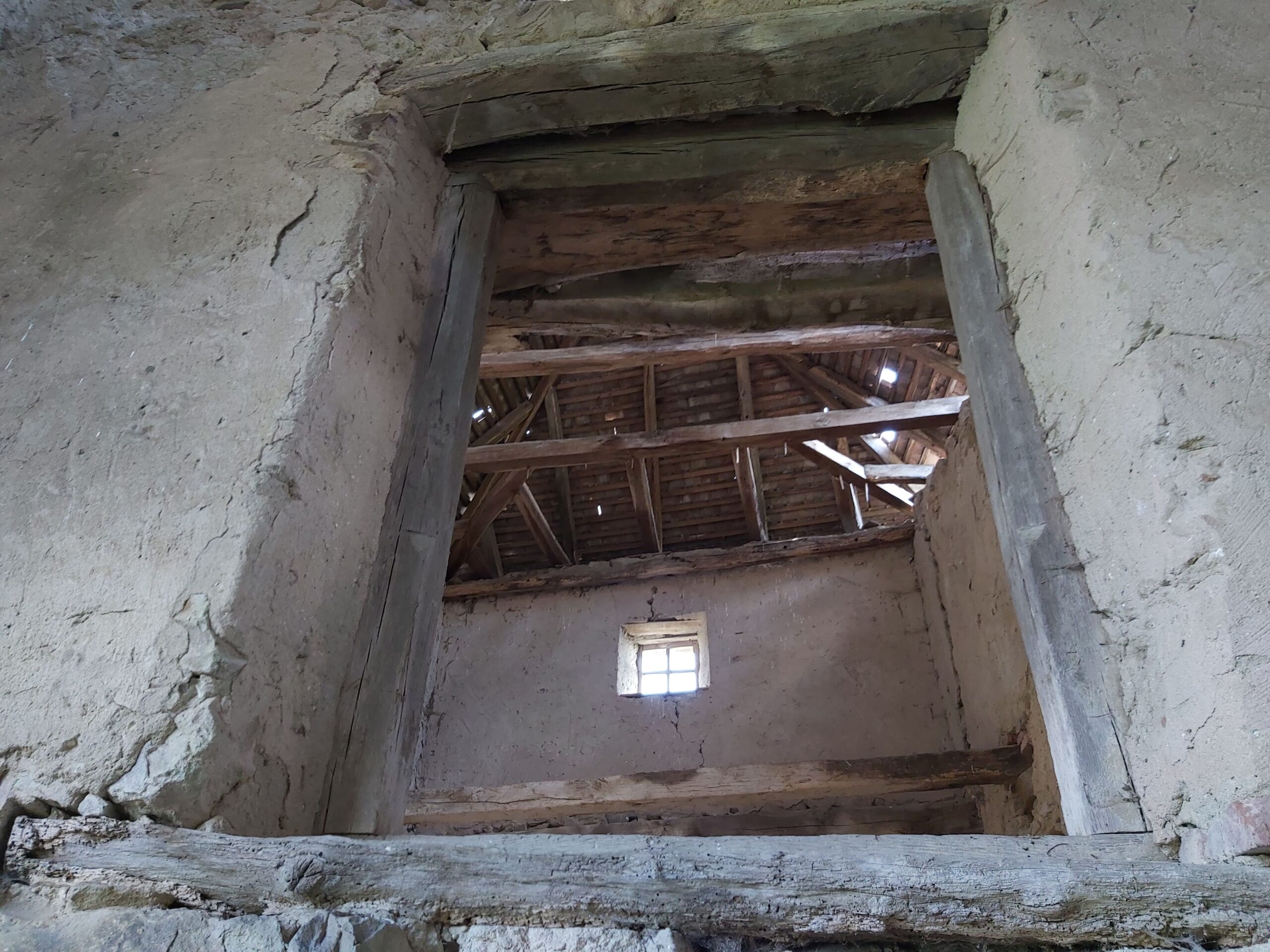
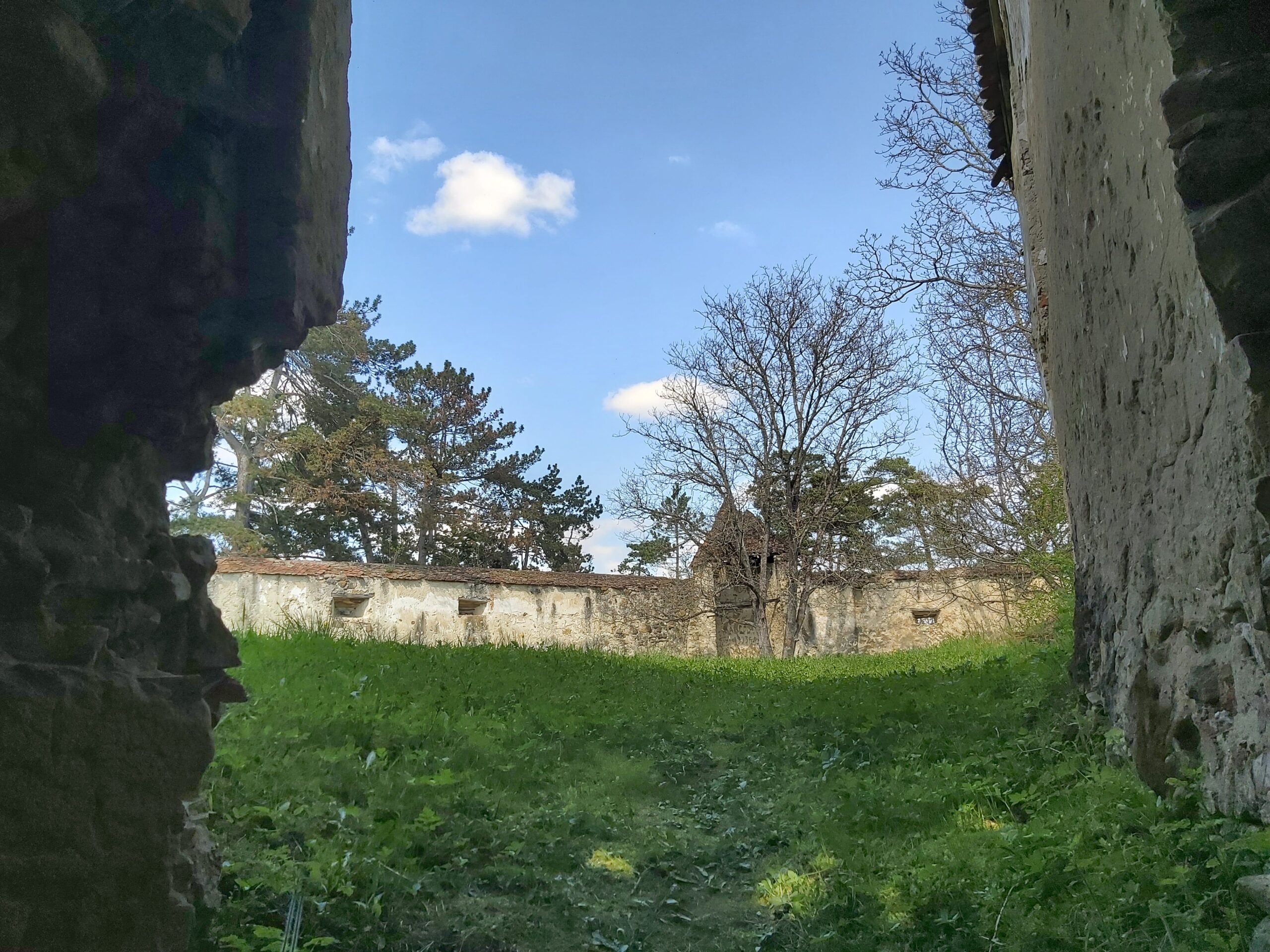
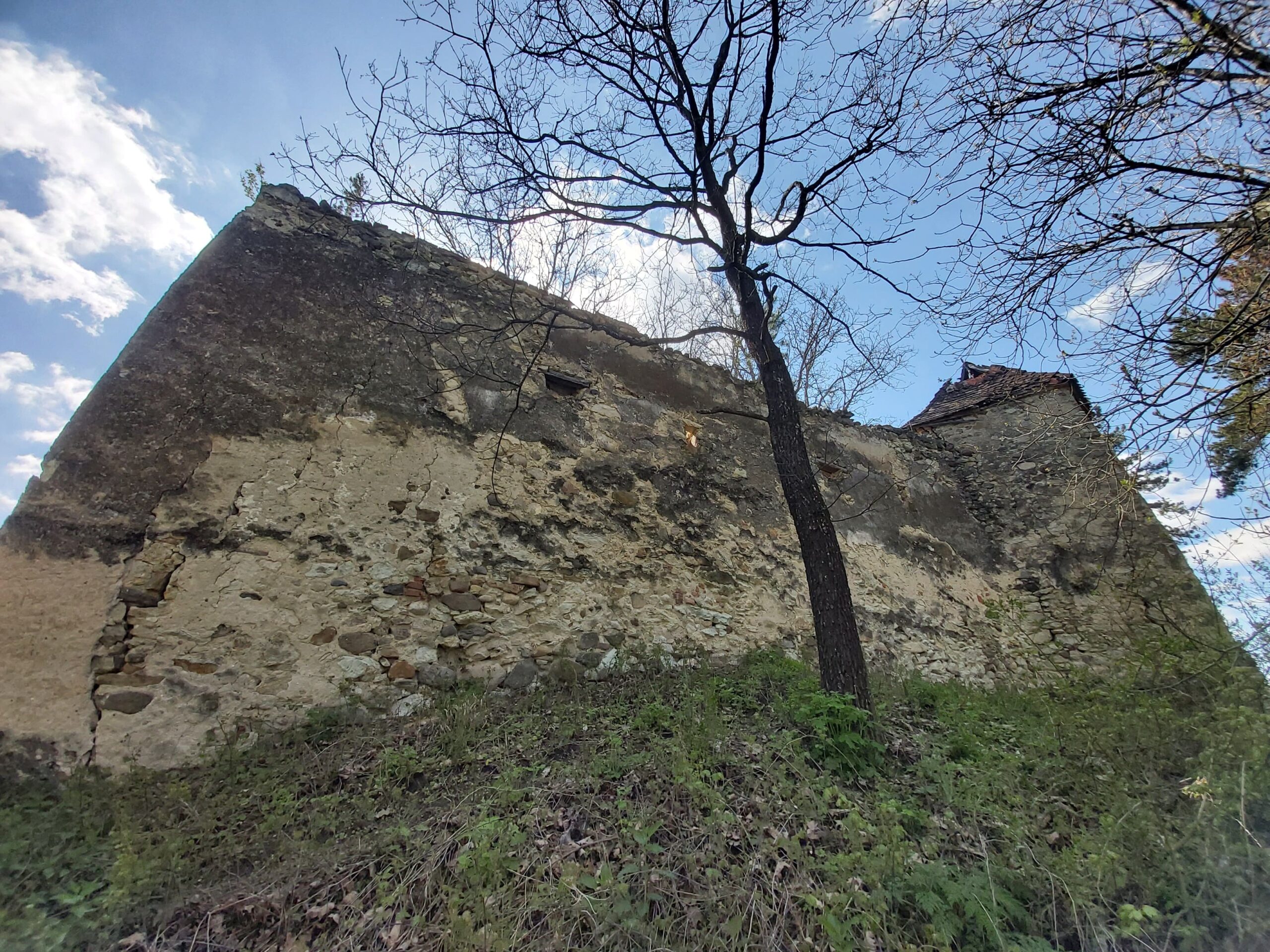
The Peasant Fortress of Jimbor, built in the 13th century?
Documented since 1488 (according to other sources 1453 and even 1385), the Saxon name of the village of Jimbor (Sommerburg) indicates the existence of the fortress as early as the 15th century, probably built in the second half of the 13th century after the great Mongol invasion. However, the first truly credible historical evidence dates only from 1692, when the fortification underwent several modifications following the Tatar invasion, who supported the Transylvanian prince Emeric Thököly in his anti-Habsburg ambitions (1690). In fact, an engraved inscription on the wooden beam at the entrance to the fortress still shows the year 1692.
Spread over a fairly small area, the defensive fortress is still in relatively good condition today, and could be saved. On the southern side, there is a two-level room, once used for storing provisions and sheltering peasants, while on the opposite side, a truncated tower rises. The outer walls of the fortification were demolished in 1818, but their traces are still visible today. In the second half of the 19th century, the Szekler ethnographer Balázs Orbán wrote about the deteriorating state of the peasant fortress, also mentioning the extraordinary panorama visible from the southeast side.
Jimbor, a multi-ethnic village, rich in tourist attractions
Although the iron gate of the fortress was stolen a long time ago, the locals’ efforts to at least maintain cleanliness in the courtyard of the five-sided fortification are commendable. In the mid-2000s, the locals prevented the installation of an antenna within the fortress. Local legends say that there is a tunnel under the fortress that leads to the center of the village, but the lack of funds for archaeological research blocks any attempt to unravel the mystery of the Jimbor fortress. Moreover, the local administration of Homorod commune, under whose authority the peasant fortress is located, doesn’t seem too interested in the future of this historical monument.
The tourist potential of Jimbor village is immense. In addition to the fortress and dozens of traditional houses, there is also a fortified Evangelical-Lutheran church built in the 14th century, whose altar, painted in the 16th century, was transferred to the Art Museum in Cluj. Destroyed by a devastating fire in 1746, the church was substantially renovated several times in the centuries that followed, and the current tower was built in 1908.
It is worth mentioning that József Nyírő, the controversial Szekler writer, was born in Jimbor (1889) and his childhood home is located here. He is appreciated for his literary work but widely condemned for his far-right political beliefs. In the center of the village, there is also a Roman Catholic church built in 1783, dedicated to Saint Teresa of Ávila. Unfortunately, the church is in poor condition, with sheep and goats peacefully grazing in its yard.
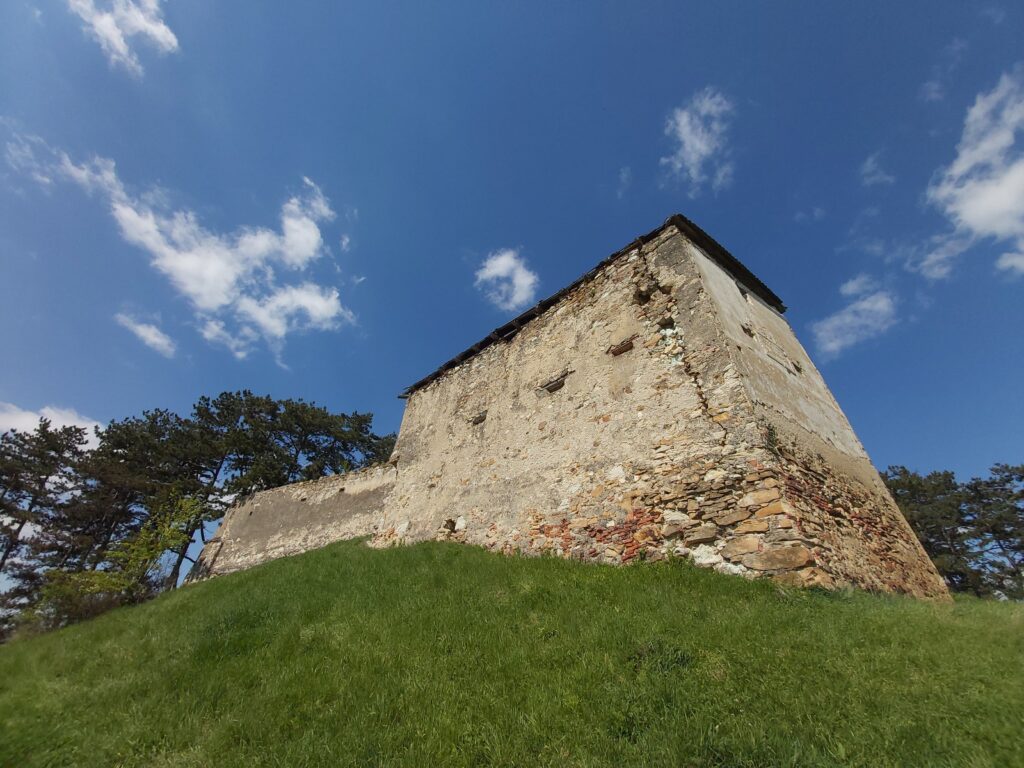
Located in a picturesque area in the northern part of Brașov County, Jimbor awaits a miraculous revival in terms of tourism. We can only hope that the fortification here will have the same lucky fate as another peasant fortress, the one in Saschiz, recently renovated after many long years of waiting.

